Some Simple Things I Do To Live Sustainably
7 minutes read
The growing concerns about climate change, coronavirus and plastic pollution have pushed me to rethink how I live. While it might take a while to be completely zero-waste and plastic-free, baby steps will soon become big steps. The most difficult part is to realise that you can do it.
Here are the simple things I do to live sustainably, from plastic-free and eco-friendly swaps, to lifestyle habits that help to care for the planet.
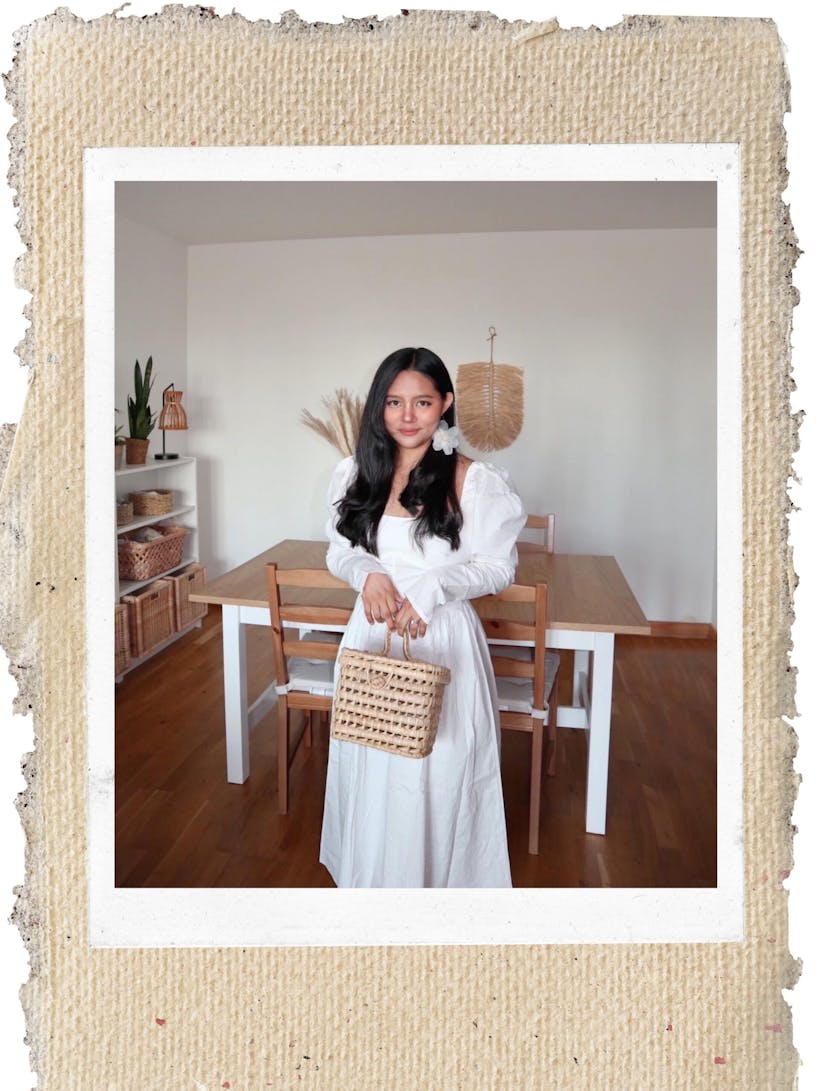
1. Reusable beauty swaps
When I started to evaluate my lifestyle, I was overwhelmed to realise how much waste I created on a daily basis, not least that most of it was coming from my bathroom cabinet.
I felt guilty when I started to become aware of this habit, especially on days when I would wear make-up. I consumed more than six rounds of cotton pads in a day to help purge my skin of dirt, sweat, grime, SPF products and makeup. Those single-use cotton pads will take between 500-800 years to biodegrade. So it made sense for me to seek more sustainable alternatives.
My personal favourite now is the Greenzla Reusable Makeup Remover Pads. The package comes with 20 large reusable make-up remover pads and a cotton washing bag. They can be reused hundreds of times. I love how it glides softly on my skin, together with my micellar water and removes almost everything in one gentle swipe.
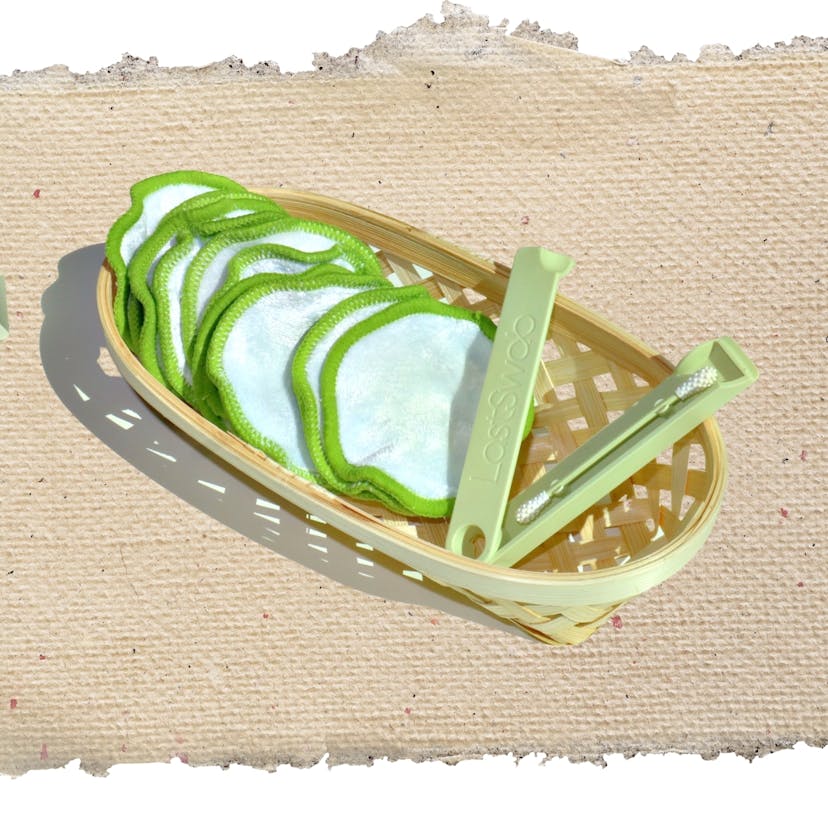
It didn’t take long before I started looking for other sustainable beauty swaps. Another thing that surprised me is that a single-use cotton bud’s plastic stem takes about 500 years to decompose. On average, it’s estimated that in the UK we use 1.8 billion plastic-stemmed cotton buds every year and 10% of them are thrown out into the bin or toilet bowl. As a result, cotton buds account for up to 6% of all plastic pollution in our oceans and are regularly ingested by marine animals.
That’s quite alarming. What’s sad is we only use these items for less than a minute.
I recently switched to using a reusable bud by LastSwab. I’m not going to lie – it took some time adjusting to it. Cotton swabs are soft on the ears, whereas alternatives have a rubbery feel. But what’s satisfying is that you don’t need to dispose of it right away, but simply wash using soap and water. You can reuse it up to 1,000 times.
2. Eating less meat and consuming more greens
Watching Netflix’s 2014’s Cowspiracy and 2017’s What The Health was a revelation for me. While I still eat meat, I vowed to stop eating beef at home and limit meat consumption to up to twice a week. Meat accounts for nearly 60% of all greenhouse gases from food production, and cattle are the biggest offenders.
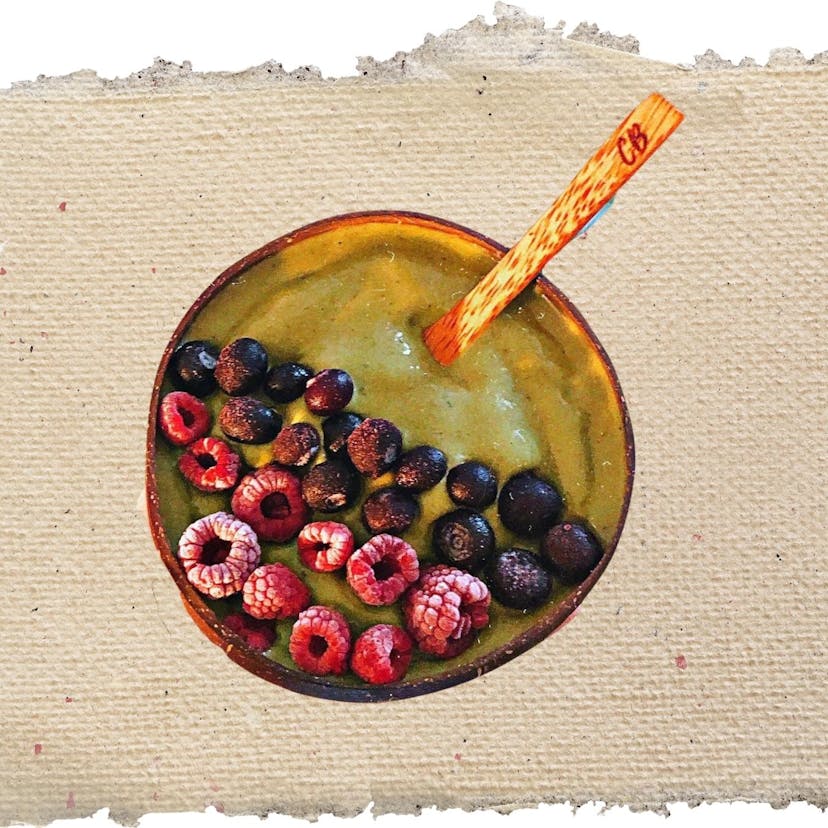
At home, our meals are centred around a Mediterranean diet, and I load up with fruits and veggies via smoothies blended with Nutribullet and freshly extracted juices via Juice Master Cold Press Juicer in-between.
Scientists agree that cutting out meat is the single best way individuals can tackle the climate and wildlife crises. Not only it is good for the environment, but for our health as well.
3. Supporting eco-friendly beauty brands

I was a fan of Clarins way before I joined the team, I was and still am obsessed with their Supra Volume Mascara. It delivers a “your lashes but better” look. But it was when I got to know the company on a deeper level that I changed my relationship with the brand and products I use.
Clarins is governed by three main principles: fair payment for work and raw materials; programmes that support local communities; and respect for biodiversity because the brand believes in Responsible Beauty through sustainability.
Clarins is also committed to preserving the coral reefs. The suncare range is formulated with reef-friendly ingredients that don’t harm marine life or its habitats. By 2025, Clarins’ objective is to use 100% recycled or recyclable packaging to further the global fight against plastic pollution through their ongoing partnership with Plastic Odyssey.
My must-haves Clarins items: Double Serum, Double Serum Eye, and UV PLUS [5P] Anti-Pollution Rose.
4. Mindful shopping and choosing sustainable fashion
I’m not much into buying into trends and don’t go crazy for seasonal items. But I do appreciate the fact that high-end fashion lasts a lifetime.
My mum gave me a hand-me-down Louis Vuitton Speedy Bandoulière bag that is as old as me! I used it when I was in college, and it’s still a staple in my wardrobe today. This inspired me to start my small bag collection. I see it as an investment in a way that I calculate cost per wear.
“Fast fashion” bags are normally poor quality and wear out in a couple of months – so we end up buying and disposing of them, so they end up in landfills. (Not to mention the factory workers who make them often don’t get paid a fair wage.) This affects my shopping habits, which is why I don’t get excited when fast fashion brands come up with cute or trendy items.
Similar considerations apply to clothing. I opt for fashion brands that are environmentally conscious, ethical, and sustainable like Self-Portrait. I have a couple of dresses from this brand, and they look immaculate even after a couple of dry cleans.
I also donate clothes to charities like Cancer Research UK and British Heart Foundation and when I find something nice at thrift shops, I go for it and give it a second life.
5. Using eco-friendly bottles, straws and shopping bags
It might sound clichéd, but keeping reusable items in your bag is one of the best things you can do for the planet. Having my eco-friendly bottle handy means not having to purchase a bottle of water at train stations, airports, or the gym when I‘m parched. My pick for a reusable drinking bottle is the lightweight Ocean Bottle in Blue Ocean colour. What sold me to this is that it has a double opening for easy cleaning and to put cubes of ice without the hassle. More importantly, this bottle stops 1000 plastic bottles from ending up in the ocean.
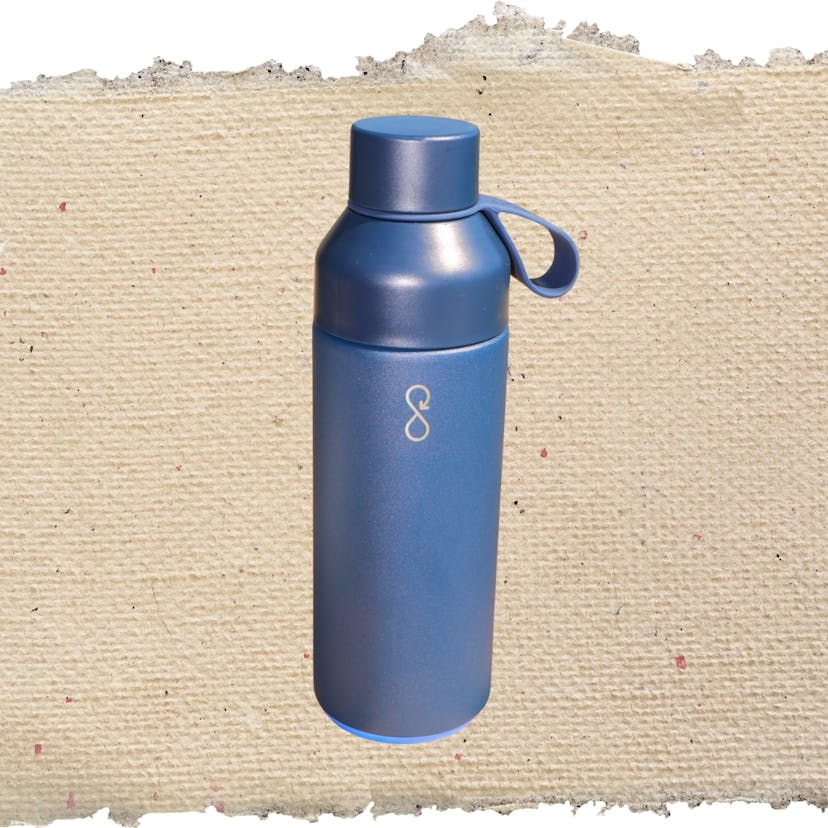
It is made from 90% recycled stainless steel, BPA-free plastic, silicone rubber and ocean-bound plastic. The ocean-bound plastic used to make this bottle is collected from communities in Brazil, Egypt, Ghana, India, Indonesia and The Philippines in exchange for money and access to social resources such as healthcare, education, mental health support and financial security.
My non-negotiable criteria with my reusables: they must look neat and aesthetic even after many uses. So I lean towards neutral or natural-looking designs. My go-to’s are metal or bamboo straws, and a canvas or natural seagrass tote bag.
6. Doing the laundry once a week, setting house temperatures to a minimum
In a household of two, we wait to wash the laundry until we have a full load. That’s twice a week at 30 degrees as this saves energy. We don’t use a tumble dryer and hang clothes up to air dry them.
We also set the home temperature within the range of 18 to 20 degrees, even in winter. We put on an extra layer of clothing instead of blasting the heating. Summers in Scotland seriously don’t make much difference, but we do turn off the heating all summer.
7. Walking and using public transport
We live in the centre of Edinburgh, which means we’re close to everything we need: from shopping areas, supermarkets, cinemas, restaurants, parks, and tourist spots. As much as possible, we walk around during weekends to and from our home. It’s a good exercise. We use public transport only when needed instead of using a car.
8. Say no to coffee pods
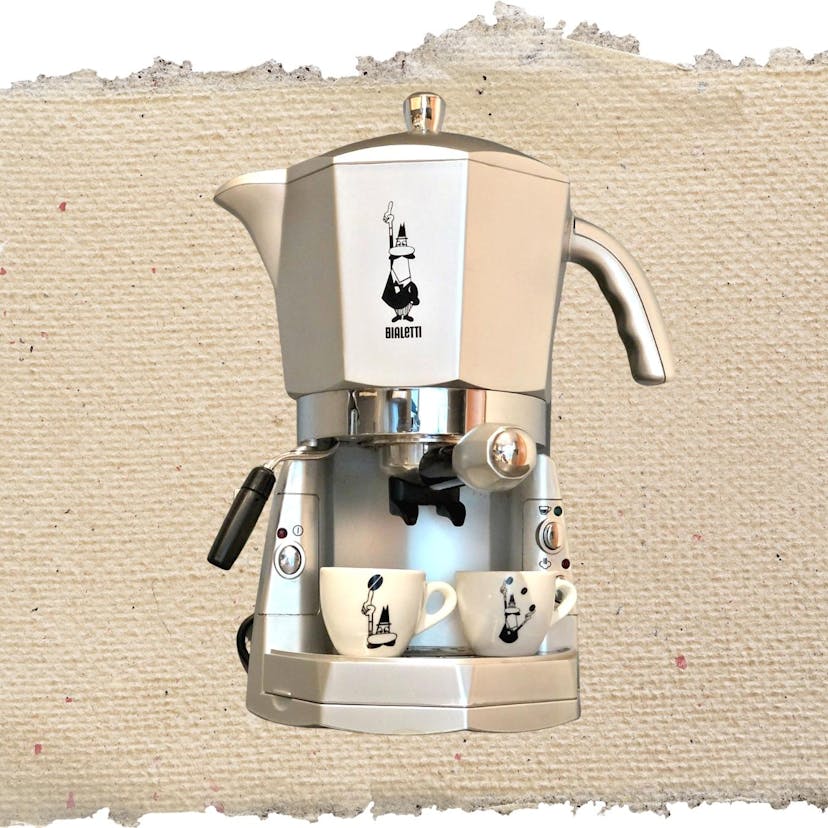
As a coffee lover, it breaks my heart to know that almost 30,000 coffee pods go to landfills each month and take 500 years to decompose. Making sure I enjoy my morning cup without the long-term environmental damage is vital for my sanity. At home, we only drink Italian espresso and Bialetti Mokona Trio has been an excellent purchase. We use ground coffee and never use plastic or aluminium capsules.
9. Planting herbs
We consume lots of basil. Our favourite home pasta dish is all sorts of pesto: pistachio, almond, or sun-dried tomato pesto pasta. So expanding our gardening skills, we decided to plant our store-bought basil pot and let it thrive. Now, we use it for cooking, instead of buying pre-packaged herbs.
10. Switch to LED light bulbs
At home, we switched all our lights to LEDs as they consume less energy and make huge savings on energy bills. LEDs convert 95% of their energy into light with only 5% being wasted as heat. Win-win.
I am constantly looking for ways to live more sustainably, and this will be a lifetime journey. How about you? What will your sustainable swaps be?
-Anne Lora Scagliusi
Sign up for our newsletter
We will keep you in the loop for special offers, exclusive gifts and product news.

